Kites in Tibet
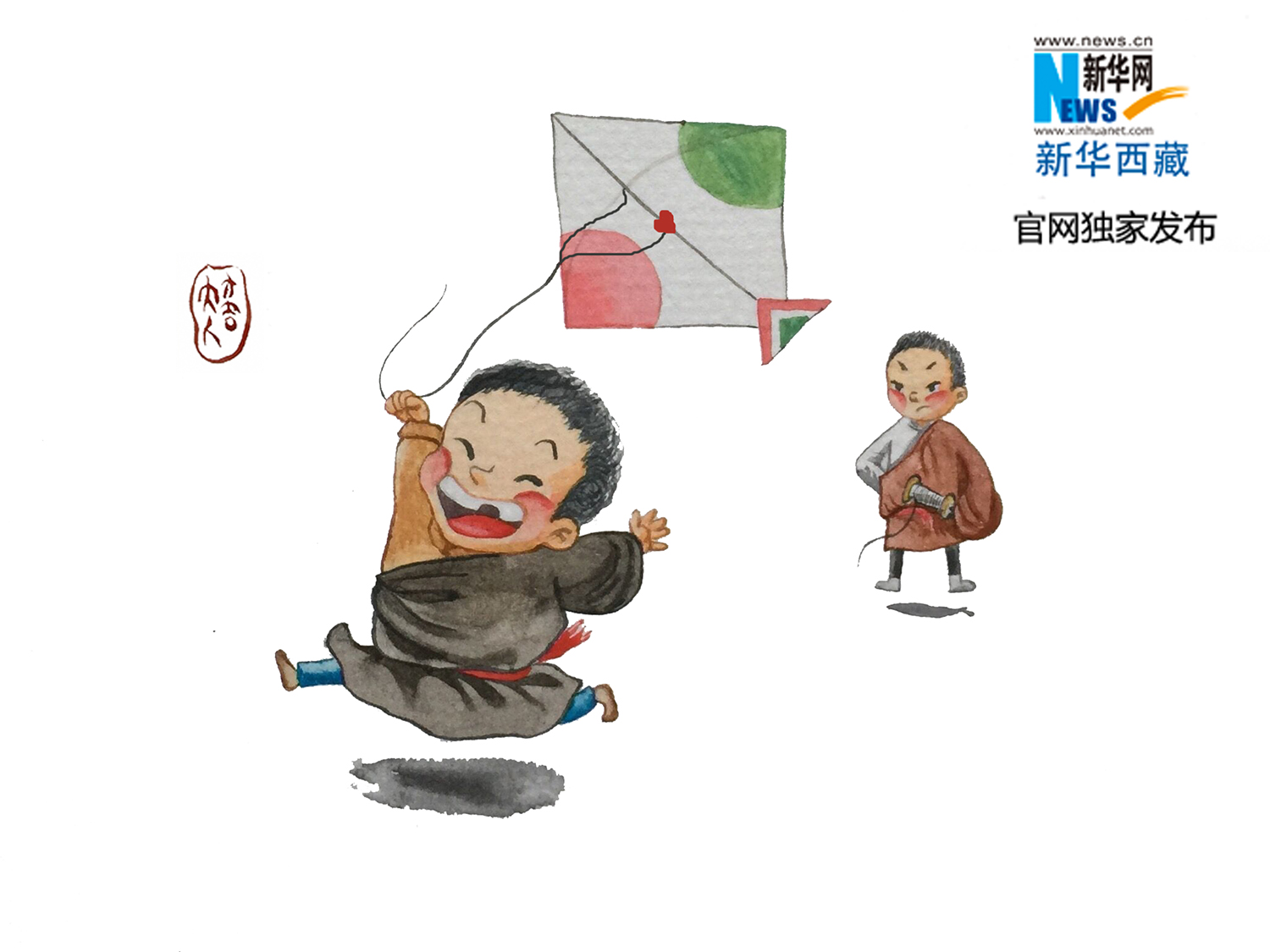
The kite is referred to as “Qiapi” in Tibetan language, meaning “the paper bird that can fly”. Kites in Tibet are prevalent in places like Lhasa, Shigatse and loved by Tibetan people, especially the young people.
Kite-flyers, through the subtle changes of the thread-setting out and taking-up, can make the kites go up and down, whirl and wallow in the sky.
The kite-flying skill is mainly seen through the fighting game in the air, and the most significant characteristic is “to tussle”. The kite-threads of each kite-flyer hit and rub against each other, the one that is not cut off is the winner. (Some threads are covered with a mixture of glue and glass-rag using a special method.)
The Lhasa Kite was enlisted in the first batch of National Intangible Cultural Heritage in 2006.
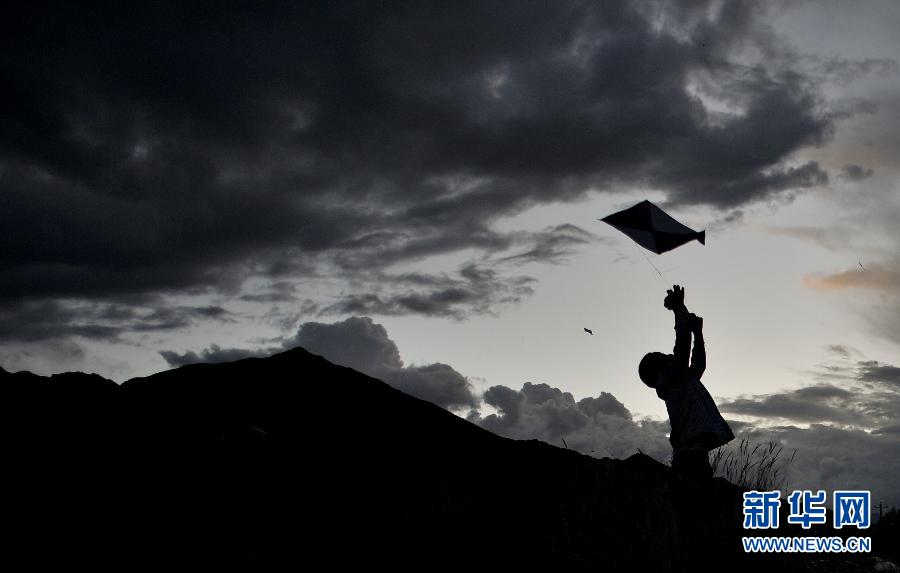
On the 16th of September 2014, a young Tibetan person flying a kite by the riverside. From August to October every year, kite enthusiasts in Lhasa will gather on the banks of the Lhasa River to take part in the “kite fighting” activity which has a history of several hundred years in the Lhasa area.
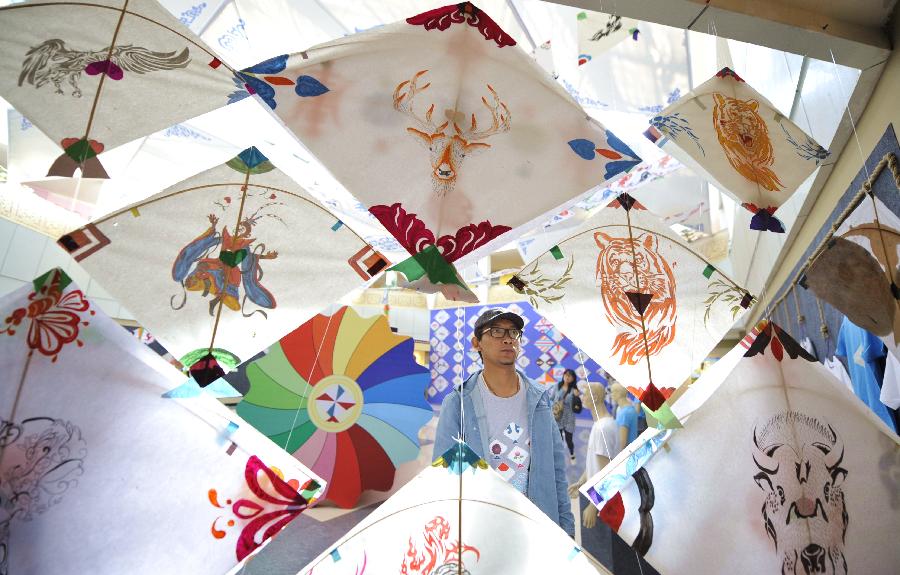
On the 16th of September 2014, a young Tibetan person flying a kite by the riverside. From August to October every year, kite enthusiasts in Lhasa will gather on the banks of the Lhasa River to take part in the “kite fighting” activity which has a history of several hundred years in the Lhasa area.

On August 10th 2015, a kite-flying activity attendant enjoying the exhibited kites.
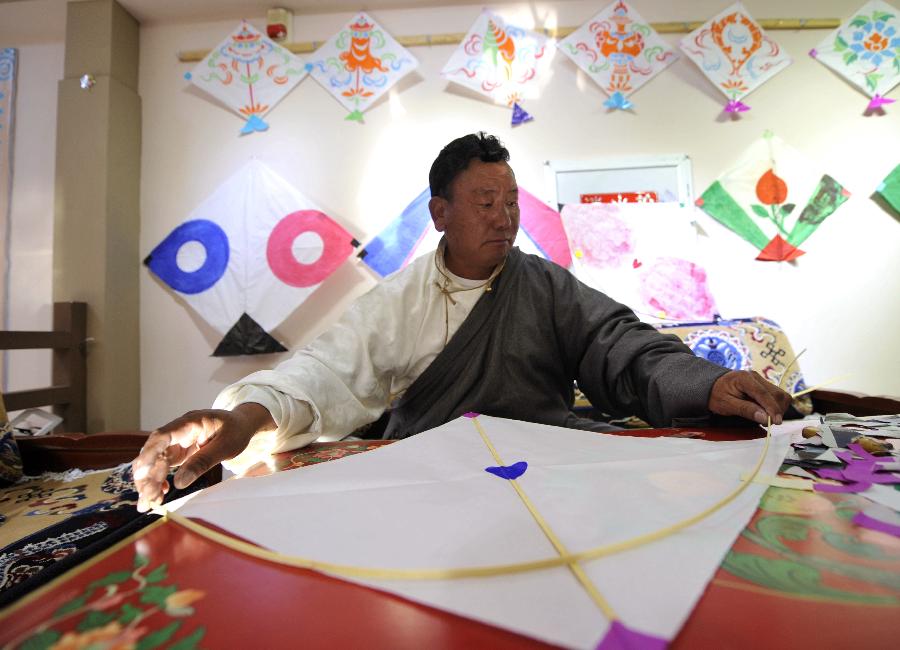
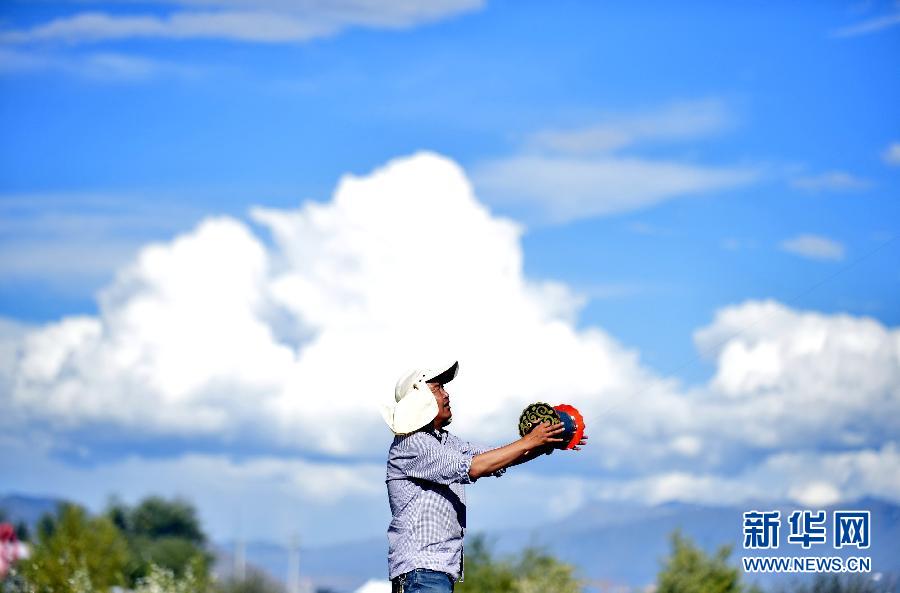
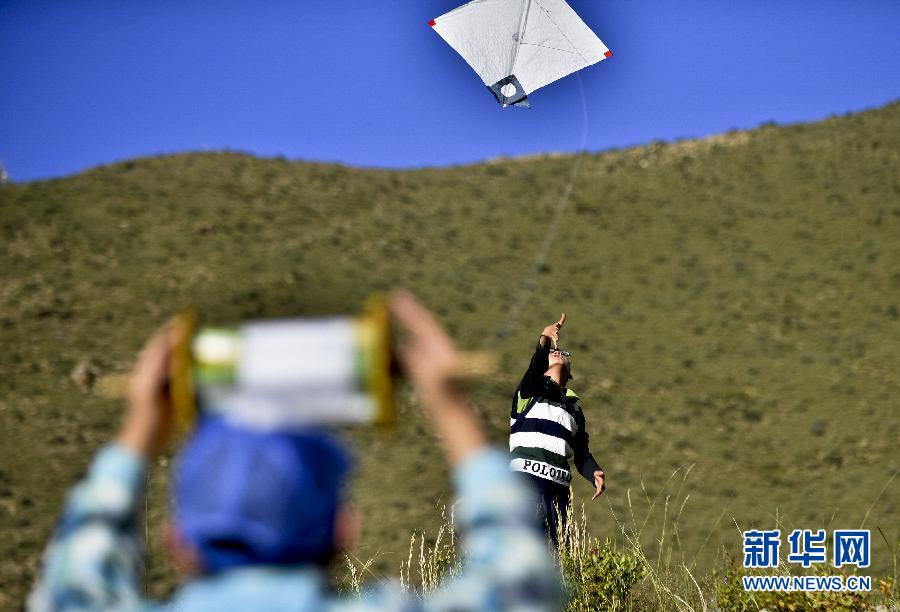
On August 11th 2015, some good friends gathering on the banks of the Lhasa River to fly the kites. Recently, many citizens and tourists come to the open space in the Lhasa City to fly kites painted with traditional patterns. The most interesting thing is “kite fighting”, people control the battle of the kites, and those who have the thread broke off will be the losers and the person who can pick up the falling kite can have it.
Your Comment
Name E-mailRelated News
More >>-
;
-
-
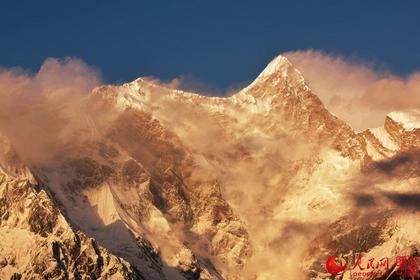
-
Splendid scenery of Mount Namjagbarwa in Tibet
At an altitude of 7,782 meters, Mount Namjagbarwa is the highest mountain in Nyingchi Prefecture in Tibet Autonomous Region.
-
-
-

-
Monks debate on Tibetan Buddhism doctrines in NW C
Monks debate on Tibetan Buddhism doctrines at Labu Monastery in Yushu Tibetan Autonomous Prefecture, northwest China's Qinghai Province, April 18, 2016.
-
-
-
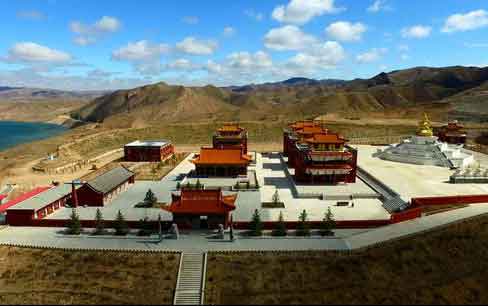
-
Inner Mongolia’s Tibetan Buddhist monastery reope
The Namgyel Monastery in Wuchuan County of Inner Mongolia Autonomous Region opened for the first time after 10 years of construction.
-

